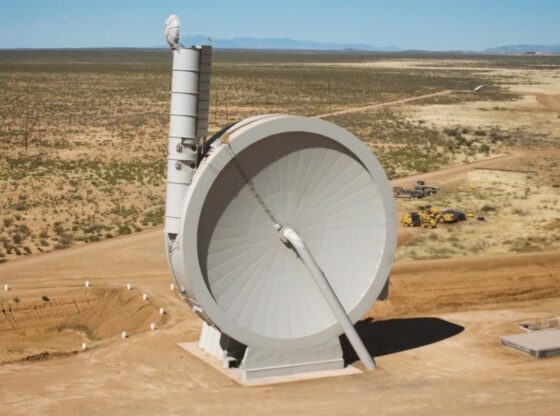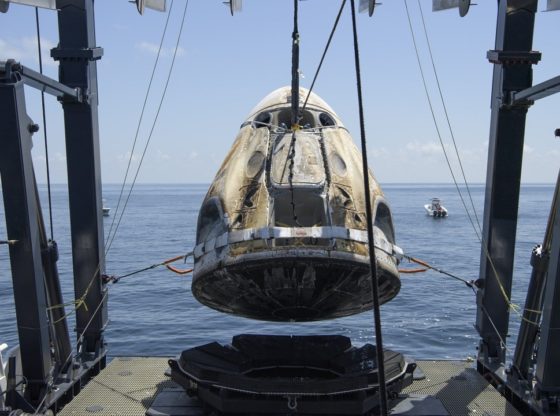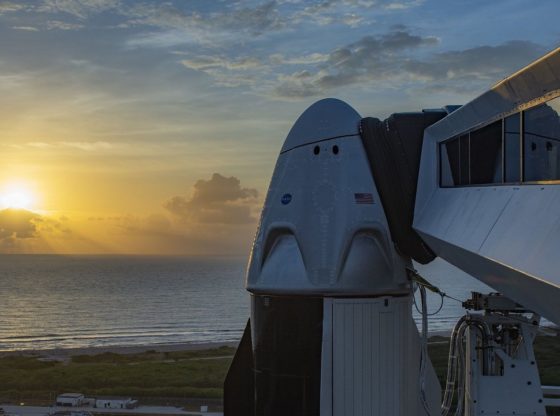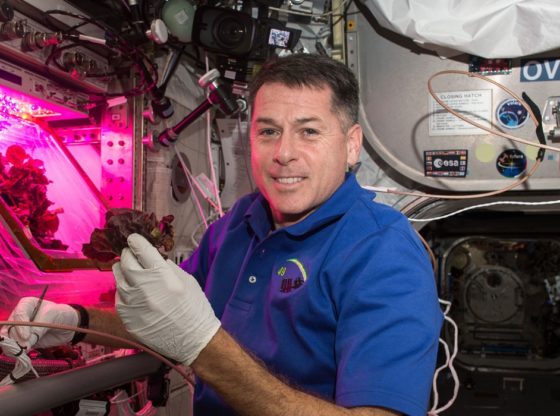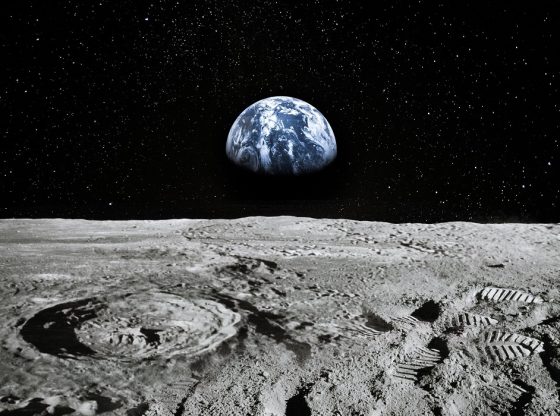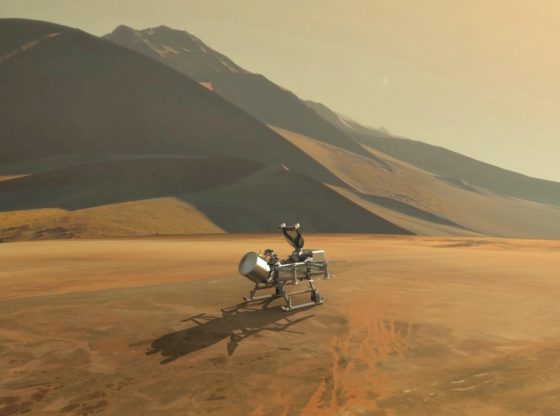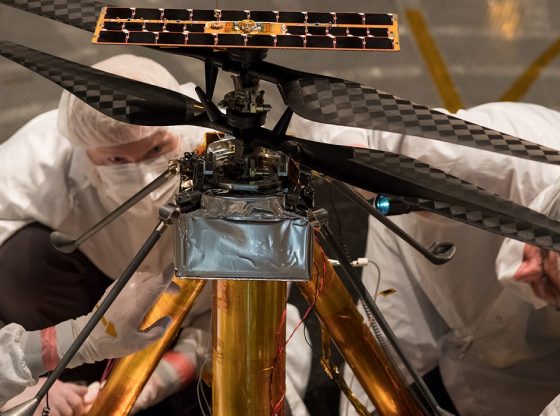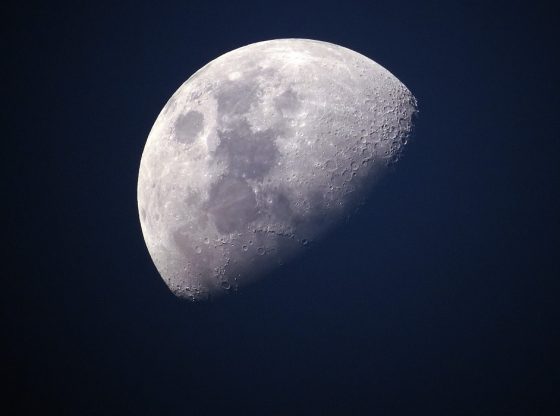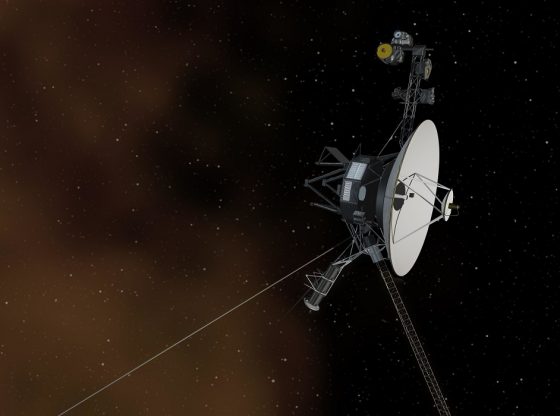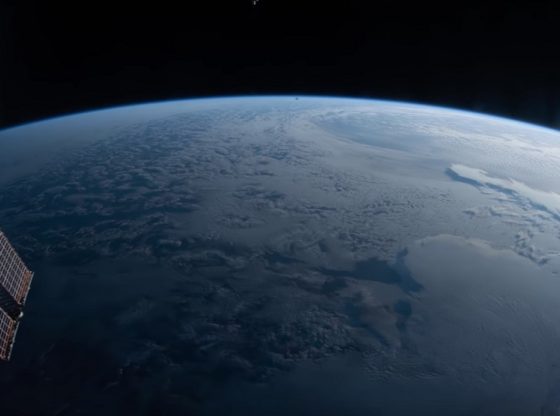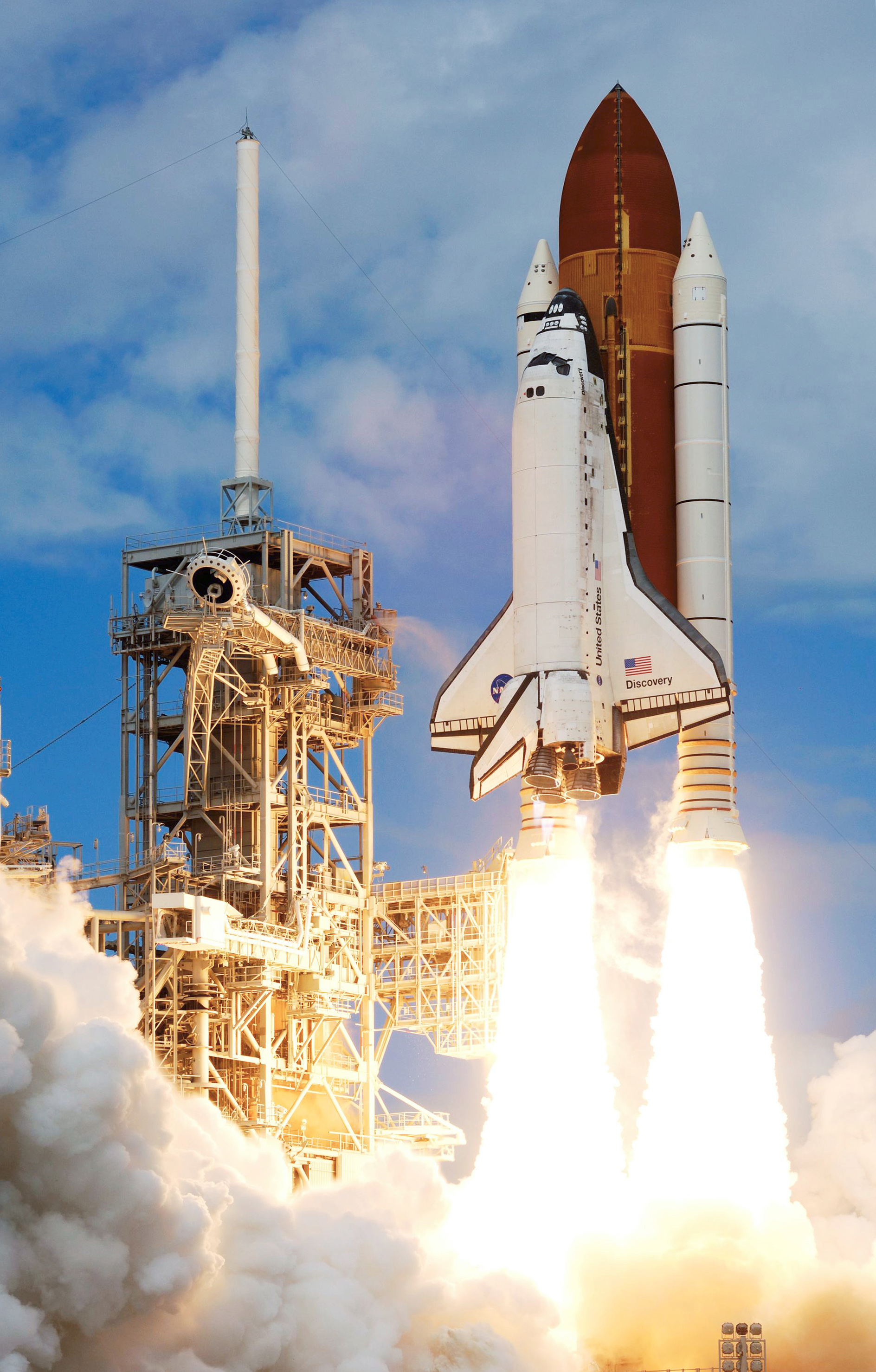
This is the last roll-out of the space shuttle program as beautifully displayed in the below time-lapse. The space shuttle program was NASAs manned launch vehicle for several decades, first launched in 1981 and remained active until 2011.
Three Decades
With perhaps two events that stand out, in particular, the sad losses of space shuttle Challenger in 1986 and Colombia in 2003, together with all their crew.
Besides these tragic losses, the shuttles have been a great success. Having made space much more accessible with spacewalks to enable easy repair of Hubble, and the construction of the International Space Station. With countless visits to the International Space Station, it has been a crucial asset. But also for many other missions to repair and place satellites in orbit. The six shuttles that were built in total together flew 135 missions to space.
The successful placement and repair of the Hubble telescope probably also stands out, since NASAs reputation was certainly at stake after having invested so much in a telescope that ended up malfunctioning, with an incorrect mirror and a telescope in need of repair.
A Bold Decision
The initiative was first started in 1969 when an evaluation of a possible shuttle system was implemented. The evaluation resulted in the space shuttle program that was established in 1972. It was indeed a bold statement, and very much an answer to Russian success in space.
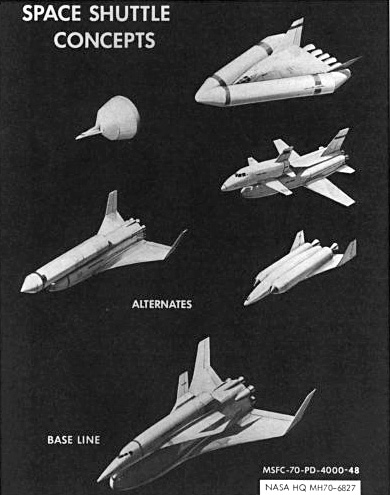
The Space Shuttle program was originally intended and envisioned for a 15-year time span but was to be extended several times to twice that time.
The last mission occurred on July 8th, 2011 by the shuttle Atlantis delivering supplies to the International Space Station.
A Big Program in Scale and Scope
The program was to simply be called the Space Shuttle Program in everyday speak but is formally named The Space Transportation System (STS).
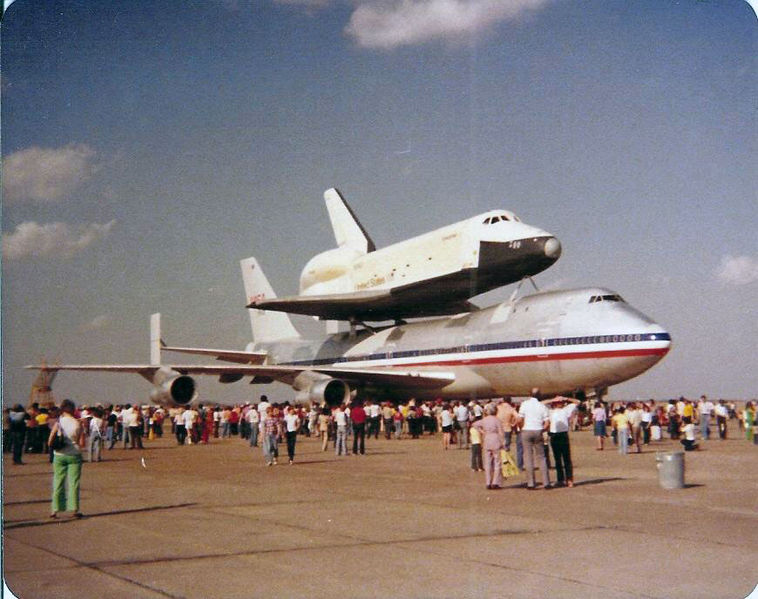
It was not to consist of only six shuttles, the launch system, and rockets. The program consists of a whole array of different vehicles designed for specific purposes. The Crawler-transporter moving the enormous rocket with shuttles attached, carrying a mobile launcher platform from the assembly building to the launch pad.
The shuttle carrier aircraft is a modified Boeing 747 that can fly with an attached shuttle attached. Used to ferry space shuttles from the landing sites back to the launch facility at the Kennedy Space Center.
The enormous delta IV rockets were used to propel the 2,000-ton space shuttle and to enable escaping the gravity hole of Earth.
The Delta IV Heavy consists of two straps-on boosters. These strap-on boosters are separated earlier in the flight than the main rocket.

